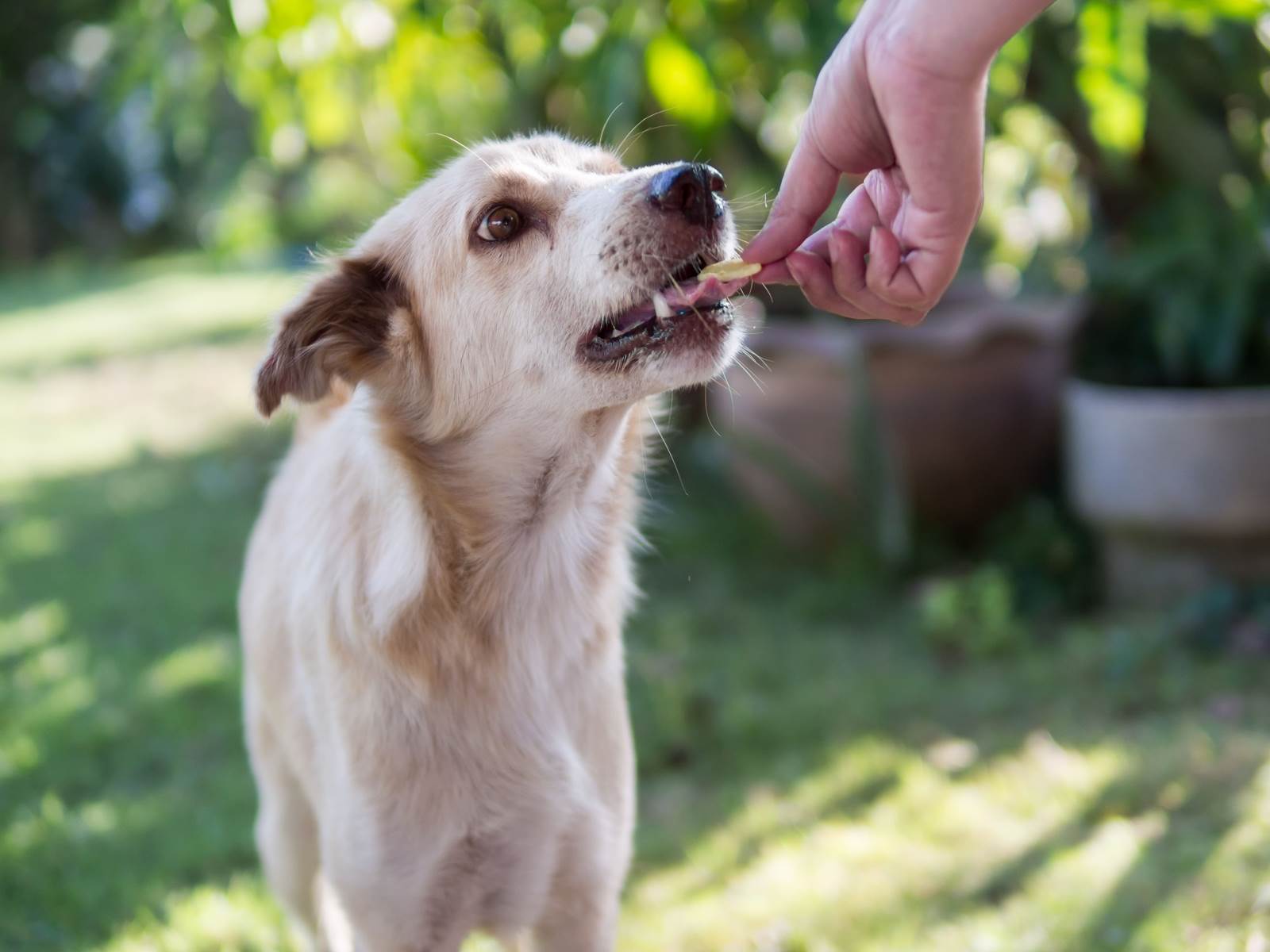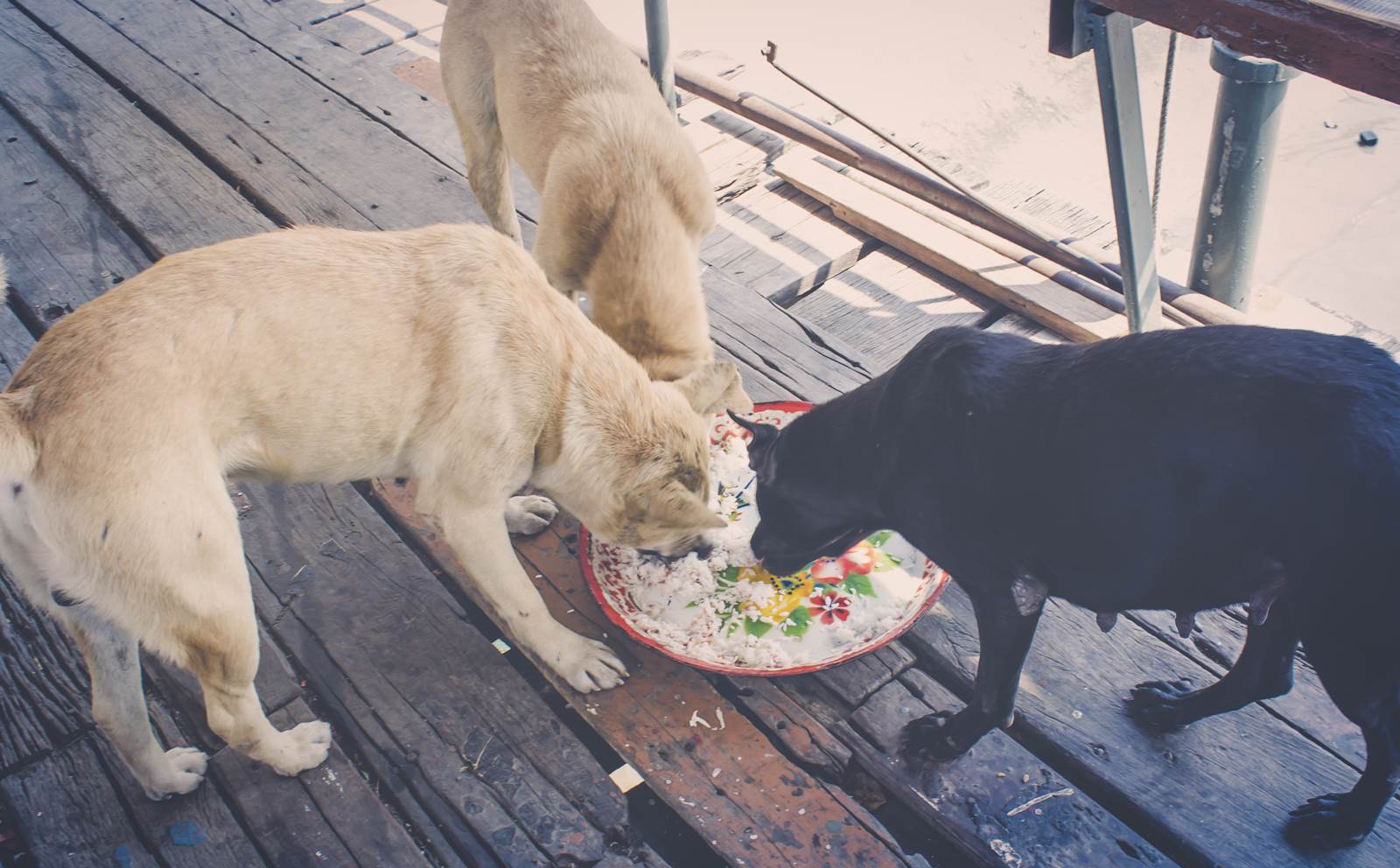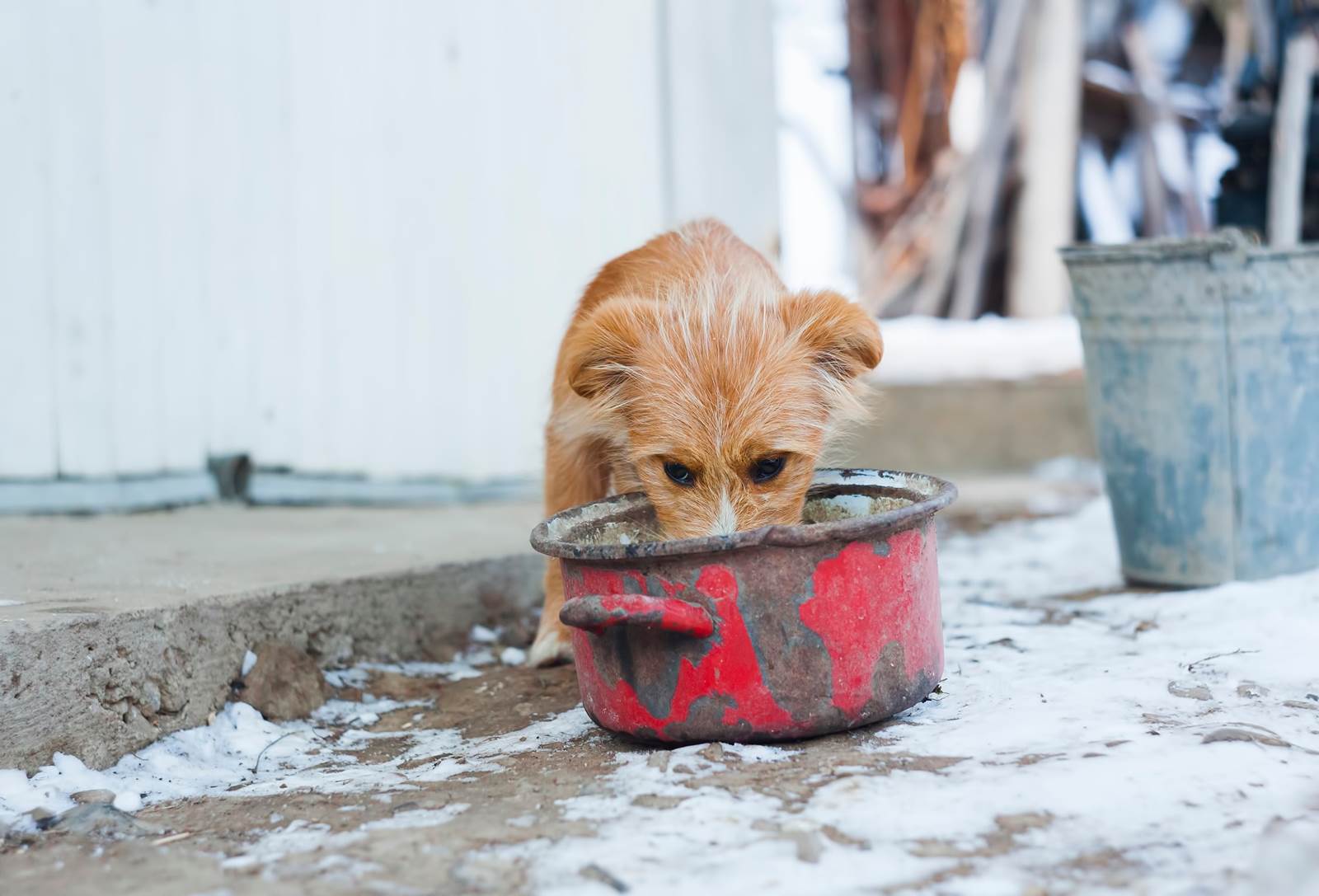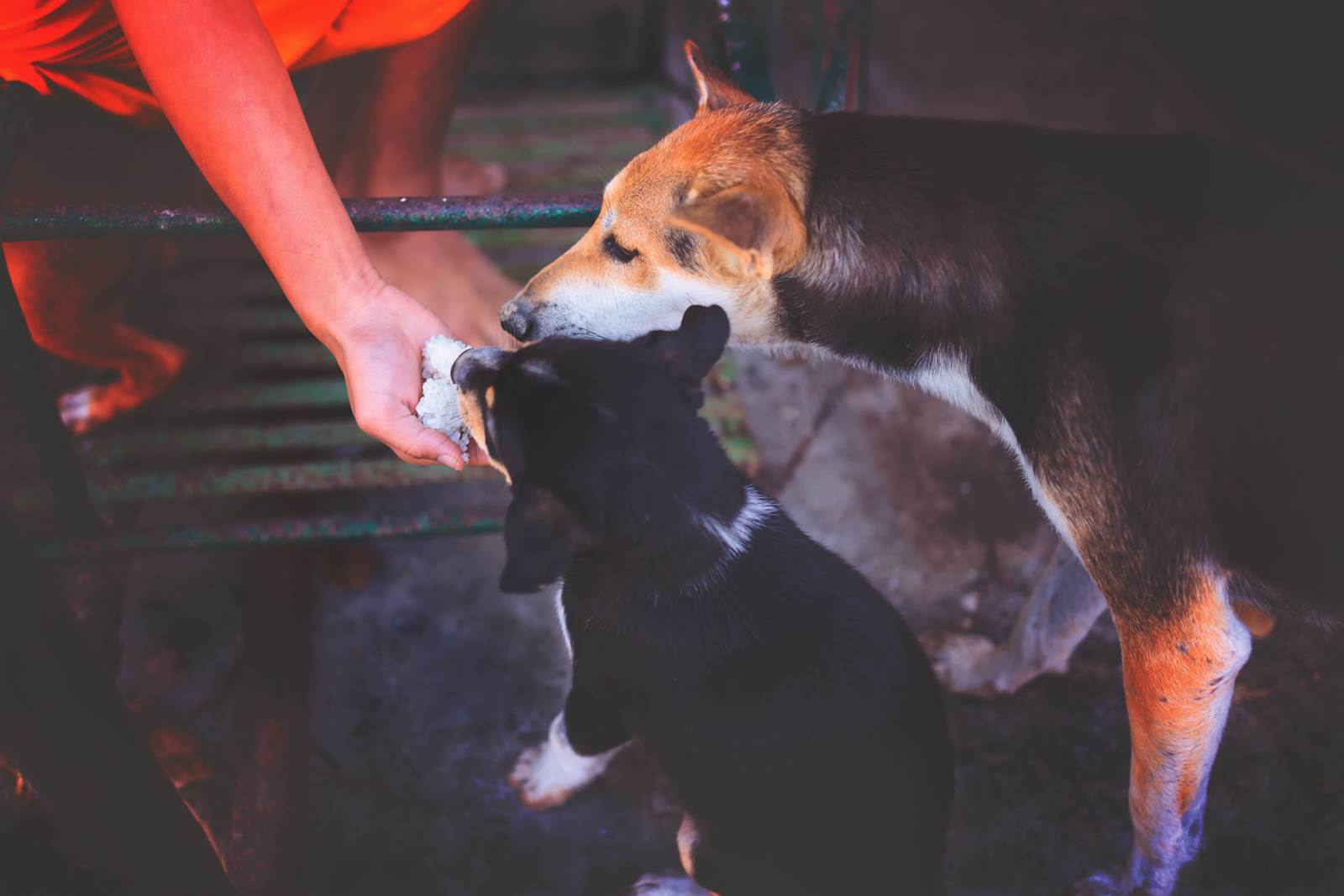The times we are living in can sometimes leave us perplexed about the good and the bad. On the one hand, they say “the world is a bad place to live in” and then on the other, we encounter and read of so many instances of kindness, making us believe otherwise. While the perception of good or bad is subjective, we have witnessed a pleasant change over the years -- that of feeding stray animals! Once shunned by society, stray animals are finding their way into the hearts and minds of a particular segment of humans. These animal lovers are doing their bit to provide less fortunate animals with one of the basic needs of living -- food!
There are several groups across the city that are in the practice of daily feeding for stray animals. However, they only form a small part of society. Opposition or resistance against stray animals has stemmed from factors including but not limited to the mindset that animals belong to a different species. This directly affects the objectives of animal lovers and feeders further entailing a huge responsibility for them and the need to undertake it extra consciously.
Here are some ways in which YOU can help BOTH humans and animals, simply by being a responsible animal feeder!
Practicality over Compassion Is the Way to Go!
As much as compassion towards animals may be your driving force to feed them, not everyone will understand that. For example, going out of your way to fight the odds could actually land you in trouble: in fact, not only you but even the animals you are feeding. Don’t forget -- once you’re done feeding your community animals, you have a home to go to… but the animals you care for are still on the streets, and thus vulnerable to threats!

Peace begins when the hungry are fed!
Time and Venue:
Timing and venue play crucial roles in the co-operative situation of feeding animals.. Not every street or corner can be a favourable venue for this act. Places, where many people are likely to be (especially children!), are an absolute no-no. Parks, areas outside shopping malls and playgrounds, etc. attribute to unconducive venues of feeding. However, a place like an open ground at night can be practical as dogs are most likely to be around here towards the end of a day. This is where timing comes into play. Early mornings and late nights are the best times to feed stray animals. This is when there won’t be too many people around and even dogs gather together.
Responsible and Irresponsible Feeding:
As you foray into the care of stray animals you will also be bearing their onus. You eventually become their guardian as you’ll develop mutual familiarity along with the fact that they are stray and don’t belong to anyone. Thus, with feeding, their other conditions too become your concern. Their sterilization, deworming and regular vaccination, ultimately become your responsibility. In fact, as per the Guidelines for Care-givers of Street Dogs by the Animal Welfare Board of India (AWBI), feeding animals and gaining their trust can be a great way to participate in their healthy being and contribute towards peaceful coexistence. The AWBI’s Article 51A (g) also states that it is the Fundamental Duty of citizens of India to show compassion to all living creatures! That being said, minimal conflict should be the key objective!
Here’s why you should:
- Sterilize: Helps in keeping the animal population in control, thus minimising the risk for human-animal conflict.
- Deworm: Stray animals are exposed to several bacteria that cause worms inside their bodies. Deworming helps in better absorption of what they are being fed as well as overall health.
- Vaccinate: To curb the spreading of diseases and infections that they may contract due to multiple environmental factors. Above all, ensure your community dogs have been vaccinated against rabies -- a disease that is transmissible to us humans!
Following these three duties will aid in your community animals’ optimum health. Being in pain and suffering are some reasons that can make dogs attack due to the pain and fear. Dogs that are healthy and have been vaccinated are far less prone to exhibit aggressive pack behaviour.
Your Approach:

Feeding hungry animals is nothing short of feeding your soul!
You must understand that you will be dealing with not only the stray animals that you intend to feed but also a section of society that could be against it. Locals from the neighbourhood where you feed animals may raise objections and the only way to deal with this is polite communication. Since you have ensured that your community dogs have been sterilised and vaccinated, it is very unlikely that they will harm humans or cause conflict.
Appropriate Feeding:

Even basics could be a treat for them!
What you are feeding goes a long way in your intention to do so; not to mention, you could probably be the only one who is feeding them. Biscuits (unflavoured and not containing high sugar) are one of the most convenient and safest food items to feed stray dogs. However, a healthier option could be rice, daal, boiled vegetables, etc. Be mindful though that your job does not simply end at feeding. Ensuring that you leave the venue clean is equally a part of responsible feeding. Most imporantly, ensure you are feeding species-appropriate, safe food to the animals!
Sustainable Feeding:
Last but not least, in your attempt to create harmonious coexistence, let’s also aim to have sustainable conditions to do so. While your primary objective is to feed stray animals, being conscious about environmental damage is equally important. One of the best ways to ensure this is by choosing eco-friendly food containers and ensuring that you clean up after. Avoid plastic or any cheap containers that are likely to be lined with harmful chemicals that may affect the animals or environment badly.

An unparalleled joy!
Above all, thank you for choosing to do this noble deed! Backed by several laws, feeding stray animals indeed is a good cause and is encouraged for a happy coexistence between animals and humans. So feed on, and be sure to do so responsibly!